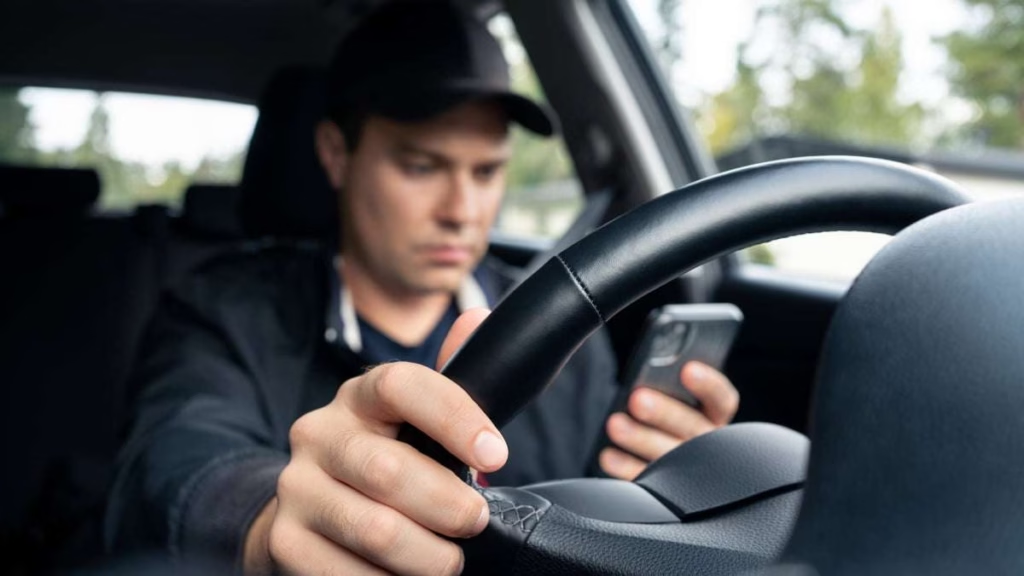The Alarming Reality of Distracted Driving: A Threat to Road Safety
As you’re reading this, thousands of drivers on roads across the United States are engaging in a deadly habit: using their phones while driving. Whether it’s texting, scrolling through social media, or filming themselves for social media content, drivers of all ages are putting their lives and the lives of others at risk. A recent survey by Life360, a location-based service and app that tracks driver behavior, reveals the shocking truth about the extent of distracted driving.
The survey, which polled 1,000 U.S. drivers between the ages of 16 and 65, found that more than a third of respondents texted while driving, while 19% scrolled through social media and 16% watched online videos. These figures are even higher among Gen Z drivers, with 13% frequently viewing online videos behind the wheel. The problem isn’t limited to younger drivers, however; Millennials, Gen X, and even Baby Boomers are also guilty of distracted driving, albeit to a lesser extent.
But what’s behind this alarming trend? According to Dr. Paul Atchley, a professor of psychology at the University of South Florida who studies distracted driving, the human brain simply can’t safely manage the simultaneous demands of driving and phone use. "When you try to combine driving with a secondary task that also requires a lot of your brain, your brain has to make compromises," he explains. As a result, distracted drivers scan their environment less effectively, fail to perceive objects, and react more slowly to situations on the road.
The consequences of distracted driving are dire. In 2023, over 3,200 Americans were killed in crashes involving distracted drivers. Life360’s analysis of its own data from 55 million opted-in users found that Gen Z drivers speed 84% more often than Baby Boomers, with speeding and rapid acceleration peaking among drivers around the age of 20.
So, why do drivers continue to engage in this risky behavior? Atchley points to a concept called "perception as the grand illusion," where drivers believe they’re observing their surroundings when, in reality, their brains are processing only a fraction of what they see. This illusion can lead drivers to believe they’re driving safely, even when they’re not. Furthermore, interactive consoles in cars can also present distracting information, making drivers more willing to interact with them while driving.
To stay safe on the roads, drivers must be aware of the dangers of distracted driving and take steps to avoid it. As Atchley recommends, drivers who can’t limit their phone use while driving should restrict their access to connected devices by turning them off or putting them out of reach. For all drivers, any activity on a phone or hands-free system that takes longer than two seconds is simply not safe.
The next time you get behind the wheel, remember the risks of distracted driving and make a conscious effort to stay focused on the road. Your life, and the lives of those around you, depend on it.
